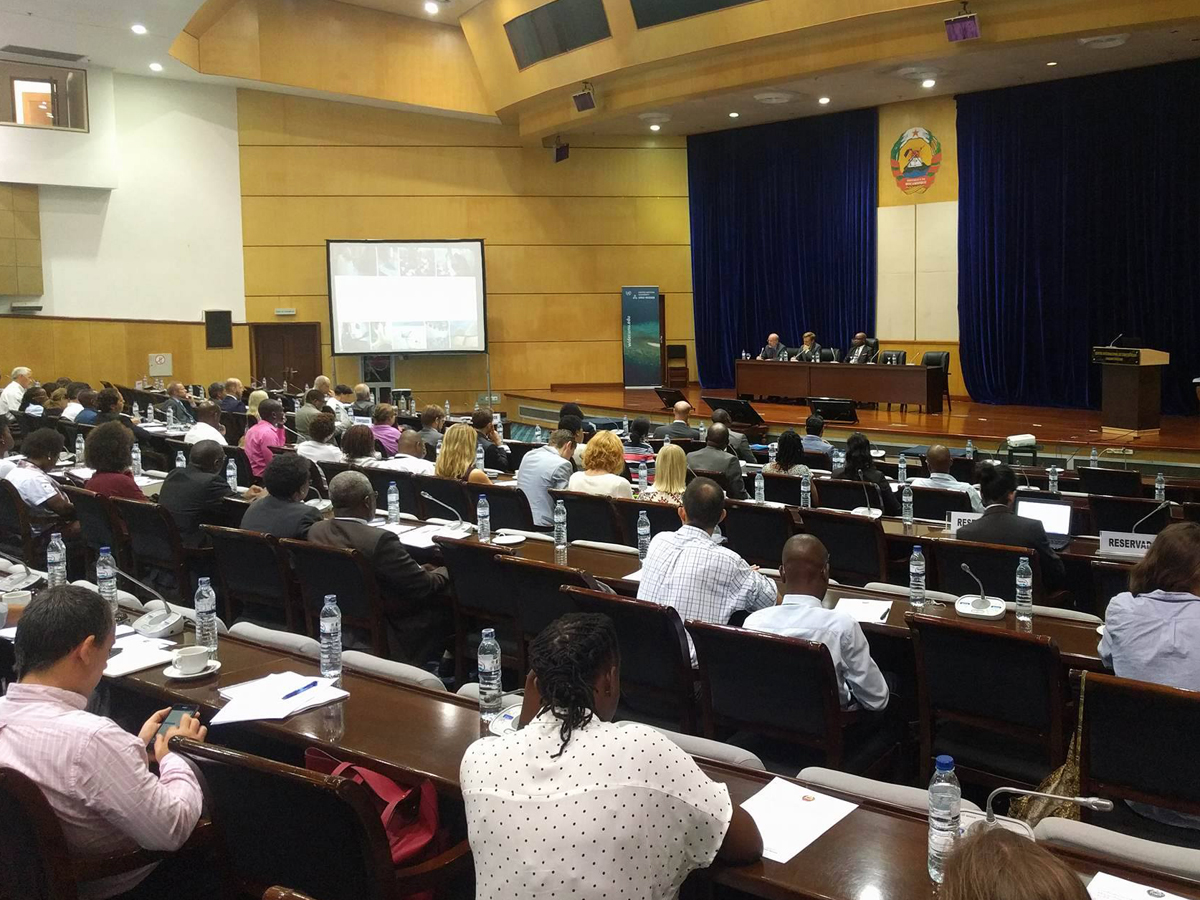Blog
Poverty and wellbeing in Mozambique
The gains have been substantial and have occurred in both rural and urban zones.
Policy advisers, development practitioners, and government representatives gathered on 25 October to discuss Mozambique’s progress over the past three decades with the release of Mozambique’s 4th National Poverty Assessment. Based on the 2014/15 household survey, these long-awaited poverty estimates at national and regional levels include both consumption and multidimensional measures, and aim to influence national policy and international cooperation. It was a chance to discuss the importance of data for research and evidence on policy, and the contribution of the 4th Poverty Assessment (full report, executive summary). The event was held in Maputo and organized in partnership with the Ministry of Economics and Finance of Mozambique (MEF), CEEG of the University of Eduardo Mondlane, UNU-WIDER, and the University of Copenhagen.
The results: national progress and poverty reduction, but increased spatial and vertical inequality
Since the last survey, the consumption poverty rate has fallen by 5 percentage points to 46.1%. As Table RE-1 shows, poverty levels at the national level have improved as compared to the prior survey undertaken in 2008/09. Looking further back to the very low levels observed in 1996/97, the gains have been substantial and have occurred in both rural and urban zones, as well as in every province.

However, these gains have not contributed to a convergence in welfare levels between rural and urban zones or by geographical region. From a regional perspective, poverty reduction was rapid in the southern provinces. Reductions were significant but slower in the four central provinces. Poverty rates increased or stagnated in the northern provinces. Furthermore inequality of consumption has been consistently increasing since 1996/97, for all measures considered.

In sum, while the fruits of the rapid GDP growth seem to have been tilted towards benefiting better off households, poorer households have also benefitted — substantially driving down the consumption poverty rate. The conclusion that poor households are progressing is strongly reinforced by the multidimensional analysis, which considered six wellbeing indicators: education, water, sanitation, roofing, electricity, and possession of durable goods. In 1996/97, nearly half the population lived in a household deprived in terms of all these dimensions while only 2% lived in a household without any deprivation. By 2014/15, less than 15% of the population was deprived of all dimensions and more than 15% demonstrated no deprivation indicators. Gains in multidimensional poverty, however, also reinforce the conclusion of unbalanced growth.
The implications
The 4th National Poverty Assessment confirms that noteworthy development progress has occurred in Mozambique over the past two decades. Due to the concentration of the Mozambican workforce in subsistence agriculture and low-productivity informal enterprises, it is also clear that Mozambique, in spite of the progress made, is characterized by very high levels of individual and household vulnerability. This means that positive and negative shocks can lead to large fluctuations in consumption possibilities and, thus, headcount poverty as well as welfare more broadly.
The facts and the findings in this report inescapably imply that future dynamics in smallholder agriculture and the informal sector will be of fundamental importance to achieving continued broad-based progress in welfare enhancement over the next decade — and likely longer. Nearly half of the Mozambican population is under 15 years of age, and high dependency ratios will continue at burdensome levels for a generation or more. The same goes for the future provision of much-needed social and other public services, particularly health and education. Overall, achieving inclusive growth is the core policy challenge facing Mozambique in its economic and social development over the next decades where it will strive to make significant progress towards meeting the Sustainable Development Goals as agreed at the United Nations in September 2015.
We hope that discussion of these results will also continue beyond the event and inform new research and policy in the years to come. Please read the full report here (in Portuguese) or the executive summary (in English), consult the presentations from the event, and continue to follow the work of the project on inclusive growth in Mozambique.
The views expressed in this piece are those of the author(s), and do not necessarily reflect the views of the Institute or the United Nations University, nor the programme/project donors.
 Join the network
Join the network




